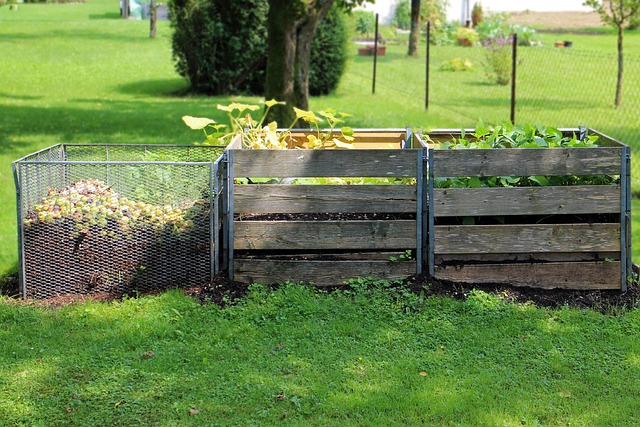Nurturing Nature: The Green Guide to Eco-Friendly Compost Dosing
In the heart of every gardener beats a passion for nature, an unwavering commitment to fostering the environment. Today, we delve into the art of compost dosing, an essential practice for cultivating a sustainable garden and enriching our earth. Whether you are an experienced green thumb or just starting your eco-friendly journey, understanding compost dosing will not only enhance your gardening but also contribute to a healthier planet.
The Essentials of Compost Dosing
Composting serves as nature’s recycling system. By transforming kitchen scraps and yard waste into nutrient-rich soil, we nurture the earth’s health while reducing waste. However, effective compost dosing requires a careful balance of ‘greens’ and ‘browns.’
- Greens – These are wet, nitrogen-rich materials like fruits, vegetables, and grass clippings.
- Browns – Dry, carbon-rich materials such as dried leaves, straw, and paper make up this category.
A common rule of thumb for successful composting is to maintain a ratio of approximately 1 part greens to 3 parts browns. This balance not only accelerates decomposition but also prevents odors and pests, ultimately leading to a thriving compost pile.
Why Compost Dosing Matters
Every gardener dreams of the luscious fruits, vibrant flowers, and lush greenery that come from rich soil. By adhering to compost dosing guidelines, you help ensure a fertile environment for your plants. Healthy plants withstand pests and diseases better, which means fewer chemicals and a more sustainable approach to gardening.
Moreover, composting and proper dosing play a pivotal role in environmental stewardship. By returning nutrients to the soil, you reduce the reliance on chemical fertilizers that can harm nearby ecosystems. Each handful of compost you apply nurtures not only your garden but also contributes to broader ecological health.
Compost Dosing Techniques for Every Gardener
Regardless of your gardening background, there’s a compost dosing technique to suit your needs:
1. Layering Method
This method involves layering materials in your compost bin. Begin with a layer of browns, followed by greens, and repeat until your bin is full. This approach encourages microorganisms to flourish and speeds up the decomposition process.
2. Turning Technique
For those with a bit more experience, turning your compost regularly can help mix in air, promoting faster decomposition. This method requires consistency and attention but yields a rich compost quickly.
3. Direct Composting
If you prefer a less hands-on approach, direct composting involves burying greens and browns directly in the garden. Over time, these materials break down in place, enriching your soil with minimal effort.
Nurturing Our Green Spaces
As we cultivate our gardens, we foster a deeper relationship with nature. Each act of compost dosing is a step toward a green future, not just for our gardens but for our communities. By embracing eco-friendly practices, we inspire others to tread lightly on the earth.
So, gather your compost materials, embrace the essence of compost dosing, and watch as your garden flourishes. Together, let us nurture our natural world, creating a sustainable legacy for generations to come.

